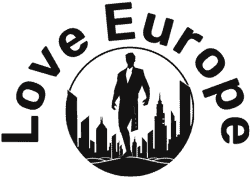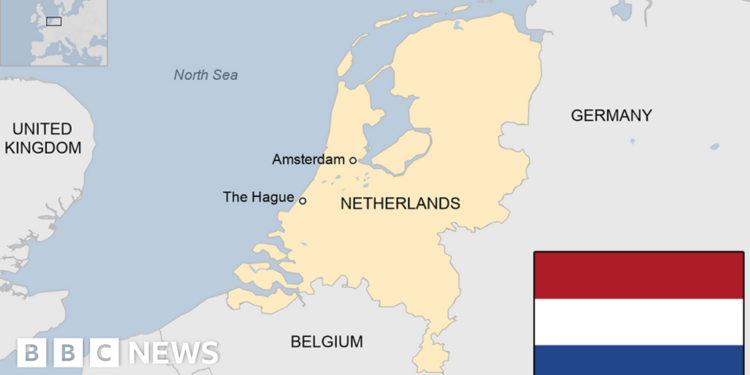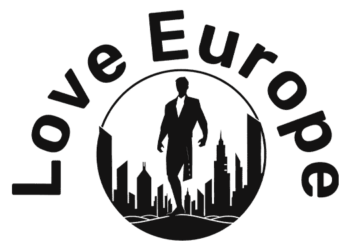Some key dates in the history of the Netherlands:
1396-1467 – Most of what is now the Netherlands and Belgium is eventually united by the Duke of Burgundy, Phillip the Good.
1477 – Region increasingly comes under Hapsburg control.
1500-1558 – Charles V, Holy Roman Emperor and Archduke of Austria, King of Spain and Lord of the Netherlands as titular Duke of Burgundy. Born in Ghent he turned rule of the region over to his Spanish relatives.
16th Century – The Protestant Reformation rapidly gains ground in the Netherlands and much of northern Europe. But Charles V and later Philip II consider it a threat to the political system.
c.1566-1648 – The Eighty Years’ War or Dutch Revolt. Amid growing resistance to centralised Hapsburg rule, Philip II sends in troops to crush the rebellion and make all the Netherlands Catholic once more.
Spanish troops reconquer the southern Netherlands, now Belgium, but fail to completely suppress the rebels.
1579 – Protestant-dominated Dutch Republic established.
1609-1621 – Twelve Years’ Truce: facing military stalemate and increasing financial costs, both sides agree to a halt to the fighting.
1621-1648 – Fighting resumes as part of the wider European Thirty Years’ War. In 1648 Spain recognises the Dutch Republic, while retaining the southern Netherlands, in the Peace of Münster, part of the Peace of Westphalia.
1652-1674 – As major rivals in world trade and naval power, the Dutch Republic and England fight three naval wars in the 17th Century.
1672 – The “Disaster Year” for the Dutch Republic. England declares war (the Third Anglo-Dutch War), followed by France, Münster and Cologne – which then invade. The country’s leader, Johan de Witt and his brother Cornelis are lynched and William III is appointed the country’s ruler.
1688 – William III invades England at the invitation of Protestant British nobles feuding with the Catholic James II. This leads to the “Glorious Revolution” confirming the principle of parliamentary rule and Protestant ascendency in England.
William becomes co-monarch with his wife Mary, James’ eldest daughter. This secures England as a critical financial and military ally in the Republic’s long-standing wars with Louis XIV of France.
1785-1815 – French-Batavian period: The French Revolution sees first a pro-French Batavian Republic, then the Kingdom of Holland, ruled by a member of the House of Bonaparte, and finally annexation by the French Empire.
1815 – Modern Kingdom of the Netherlands, which includes what is now Belgium and Luxembourg, emerges after the defeat of Napoleonic France.
1830 – Belgium secedes from the Netherlands.
1839 – Netherlands recognises Belgian independence in the Treaty of London. Luxembourg became a fully independent country.
1914-1918 – The Netherlands maintains its neutrality during World War One.
1932 – A 31km dam is completed across the Zuider Zee forming a freshwater lake known as the Ijsselmeer. Part of the lake has since been drained and the reclaimed land used to grow crops.
1940 – Nazi Germany invades. The Dutch Royal Family flees to England, accompanied by the Dutch cabinet. The Dutch army is overwhelmed and the Netherlands surrenders.
1944 – As Allied forces advance towards Germany, the Netherlands becomes the site of bitter fighting.
1945 – The occupation ends with the surrender of German forces in the Netherlands. The Netherlands goes on to become a charter member of the United Nations.
1948 – Benelux customs union between Belgium, Luxembourg and the Netherlands comes into effect.
1949 – The Dutch East Indies, which had been occupied by Japan during World War Two, becomes independent as Indonesia after a four-year independence struggle against Dutch colonial authorities.
1949 – The Netherlands abandons its policy of neutrality and joins Nato.
1952 – The Netherlands is a founding member of the European Coal and Steel Community, which becomes the European Economic Community five years later in 1957 with the Treaty of Rome.
1963 – Colony of Netherlands New Guinea is ceded to Indonesia.
1975 – Dutch colony of Surinam achieves independence. Hundreds of thousands of Surinamese emigrate to the Netherlands.
1980 – Queen Juliana abdicates; Beatrix becomes queen.
2002 – The Netherlands adopts the euro.
Widespread shock as anti-immigration party leader Pim Fortuyn is killed by gunman.
2003 – Animal rights activist Volkert van der Graaf sentenced to 18 years for Fortuyn killing.
2004 – Queen mother Juliana dies, aged 94. Juliana reigned for 32 years from 1948.
Film-maker Theo Van Gogh is murdered. He was reported to have received death threats after his controversial film about the position of women in Islamic society. A radical Islamist is jailed for life for the murder in 2005.
2010 – The Netherlands Antilles is dissolved and Aruba, Curacao, St Maarten become nations within the Kingdom of the Netherlands. Bonaire, St Eustatius and Saba, became autonomous special municipalities of the Netherlands.
2013 – Queen Beatrix abdicates; her son Willem-Alexander becomes king.
2014 – Malaysian Airlines flight MH17 travelling from Amsterdam to Kuala Lumpur is shot down over Ukraine, close to the border with Russia.
2018 – Parliament votes overwhelmingly in favour of recognising the massacres of up to 1.5 million Armenians by Ottoman troops in 1915 as genocide.
2023 – Amsterdam council bans cruise ships from the city centre as the Dutch capital tries to limit visitor numbers and curb pollution.
Source link : https://www.bbc.com/news/world-europe-17740800
Author :
Publish date : 2024-07-02 07:00:00
Copyright for syndicated content belongs to the linked Source.


